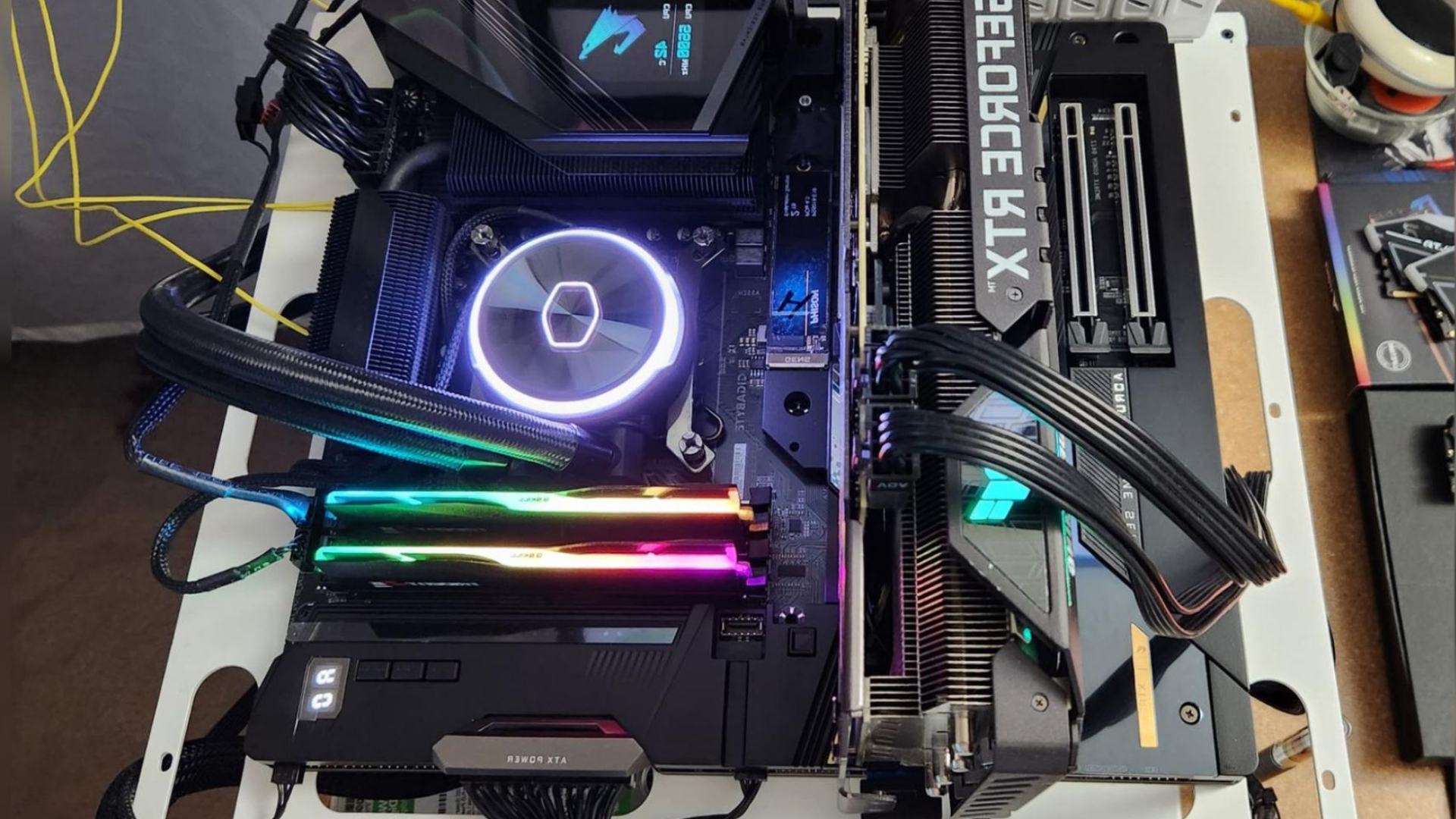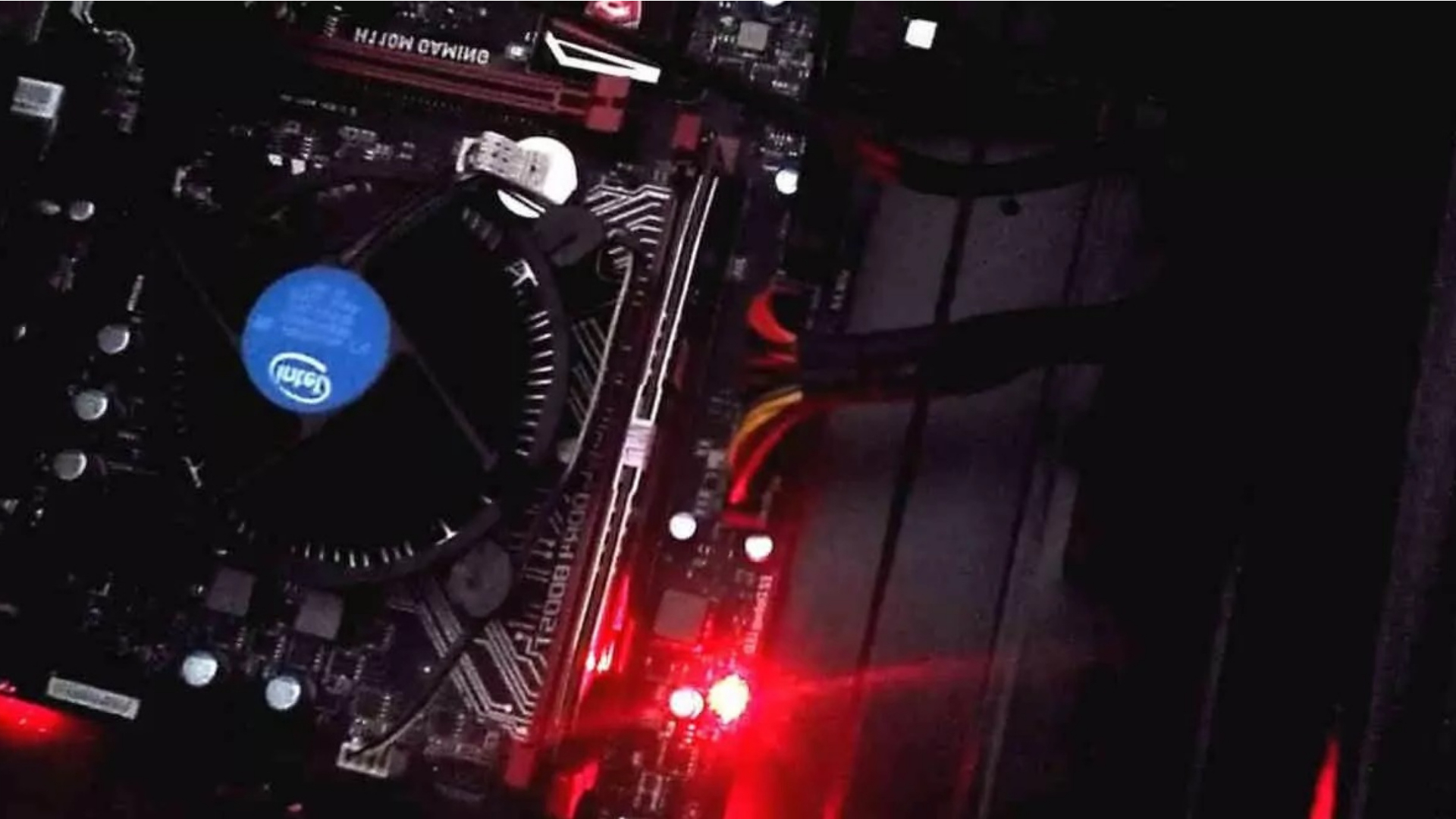A motherboard failure can cause a variety of problems that prevent your computer from working properly. However, a faulty motherboard isn’t always the culprit. Before replacing your motherboard, it’s important to thoroughly troubleshoot and rule out other potential causes.
Here are 5 methods to help you determine motherboard issues:
| Product | Brand | Name | Price |
|---|---|---|---|
 | ASUS | ASUS Prime Z390-A Motherboard LGA1151 | Check Price on Amazon |
 | ASUS | ASUS ROG Maximus XI Hero | Check Price on Amazon |
 | MSI | MSI MPG Z390 Gaming Edge AC LGA1151 | Check Price on Amazon |
 | GIGABYTE | GIGABYTE Z390 AORUS Ultra (Intel LGA1151/Z390) | Check Price on Amazon |
 | MSI | MSI Z390-A PRO LGA1151 (Intel 8th and 9th Gen) Z390 Gaming Motherboard | Check Price on Amazon |
* If you buy through links on our site, we may earn an affiliate commission. For more details, please visit our Privacy policy page.

1. Check for Physical Damage
Open up your computer case and visually inspect the motherboard for any signs of damage. Look for:
- Bulging, leaking, or burst capacitors. Replace any faulty capacitors.
- Broken, burned, or cracked circuits. This likely requires a motherboard replacement.
- Bent or broken pins on the CPU socket. Carefully bend pins back in place with tweezers.
- Loose connections. Reseat cables and expansion cards.
- Obvious signs of overheating like burn marks. Improve cooling or replace the motherboard.
2. Listen for Beep Codes
Turn on your computer and listen for beep codes. Motherboard manufacturers use different beep sequences to indicate hardware issues:
- No beep could mean a failed power supply.
- One long beep followed by two or three short beeps suggests a graphics card problem.
- Continuous short beeps point to RAM failure.
- One long beep followed by three or five short beeps indicates a motherboard failure.
Consult your motherboard manual for the specific meaning of your beep codes.
3. Check Diagnostic Lights
Many modern motherboards have built-in LEDs that light up to indicate issues with specific components like the CPU, RAM, GPU, and boot device.

For example, an ASUS motherboard uses Q-LEDs. If the BOOT LED stays lit, it means the motherboard can’t detect your boot drive. The DRAM LED indicates a memory issue instead.
4. Perform a Bench Test
Take the motherboard out of the case and reassemble core components like the CPU, one RAM stick, GPU, and power supply. This is called bench testing.
If the motherboard works fine during the bench test, then the issue likely lies with another component or the case wiring.
5. Use Diagnostic Software
Run intensive hardware diagnostics using tools like PC Doctor, Intel Processor Diagnostic Tool, or PassMark BurnInTest.
These will stress test components and report any errors caused by a failing motherboard.
Some warning signs include random crashes, data corruption, and failed tasks.
When to Replace a Motherboard
If you’ve ruled out other hardware failures, reseated connections, and tried the above steps, then a bad motherboard is the likely culprit.
Replacing a motherboard can be complicated, especially if the new board differs in size, shape, or components. Consider taking your PC to a repair shop versus doing it yourself.
And be sure to backup your data first! A motherboard swap will wipe your hard drive.
By methodically trying these troubleshooting tips, you can determine if your erratic computer behavior stems from a faulty motherboard or another component. Let us know in the comments if these steps helped diagnose your PC issues!
Good article. The section I really want to see in here is “What to do if POST is successful but computer does not load the operating system”. As in, I can get into the BIOS fine, make changes, save them, but when I try to install Windows, the motherboard restart just before loading the first Windows setup screen. I can see the splash screen with the rolling dots, but as soon as it goes and change the graphic resolution, bang, power off and power back on, but then, it never comes back on. Have to turn power switch on PSU off for 15 seconds, and I can get back into the BIOS fine.
I tried 2 known good PSU, I tried 2 known good CPU (a 2nd gen and a 3rd gen iCore known to be compatible with chipset and socket), using on-board graphics. When I try all of this with a dedicated graphics card, I get a similar issue but sometimes it doesn’t boot into BIOS at all. Fine if I remove video card, and have tried more than one.
At this point, would this be a capacitor issue on the board? I don’t know enough electricity to troubleshoot this part but my gut feeling tells me it’s a power issue, just not sure which part of the board it would be.